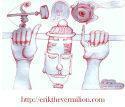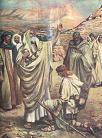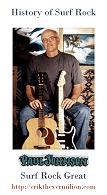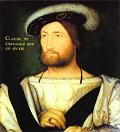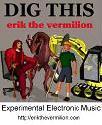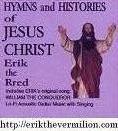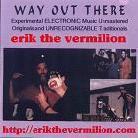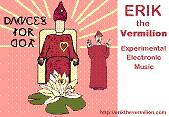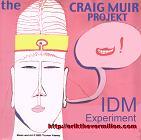Be Kind! Share with your Team, with your Family, with your Buddies!
Click The Button Now & Like This On Your Facebook Page!
Thursday, January 12, 2012
The Historical Past Of Electronica For First Time Fans
Different Genres
Electronica includes a wide variety of different genres used for many different reasons. It can be used for foreground music, for dance clubs, and for background ambiance. Genres like techno, dubstep, drum and bass, downtempo, and ambient are all considered to fall under the category of this particular genre. It was originally created in the late 1970s but did not come to prominence until being featured in alternative and underground dance clubs in the mid 1990s.
Crossover Artists
This particular genre has influenced many types of crossover artists. Crossover is a word used to define artists that make a switch from one style to another. Sometimes artists will fuse two or more styles to create a completely original work. An example of this is when someone fuses folk with techno to create something absolutely unique. Electronic sounds formed the basis of pop songs and became crucial in the development of pop and rock within the 1980s.
Underground Electronic Music
Electronica would first appear to define underground genres with a very specific electronic style. Ever since its beginnings, though, it's been used to describe a wide variety of electronic genres that use electronic sounds and synthesizers. Several artists nowadays use song creating techniques found within this style.
World Wide Fans
This particular type of music has created lots and lots of fans around the world. These fans consider the community to represent electronic dance culture. This style of dance originates from acid house in Spain and Psychedelic dance from India. Raves, or digital dance parties, have become a staple of the culture.
Developments In Technology
This particular genre grew with the technological advancements of recent history. It uses many tools, like synthesizers, drum machines, electronic instruments, digital audio workstations, and sequencers. As the power of technology grew, it became easier for artists to start making their own electronic songs right in their own homes. Artists began to experiment with computers as well, recording samples and loops to digitally create new forms of song.
New York's Electronic Scene
Around the late nineteen nineties, people began to flock to New York City, as it became the premiere destination for electronic artists. Producers and DJs from many different places began to come and play their work for nightclubs and raves. Artists from Brazil, Hong Kong, Tokyo, and France would inevitably find themselves in New York to try and be a part of the electronic dance community.
Electronica Music has a rich and vibrant history. Even though it has been around for a few decades now, it is only really beginning to grow. Personal computers have only been available for a certain period of time, and as they become stronger and stronger, the ability to create new works of art will allow musicians to expand the Dubstep Music genre even further.




